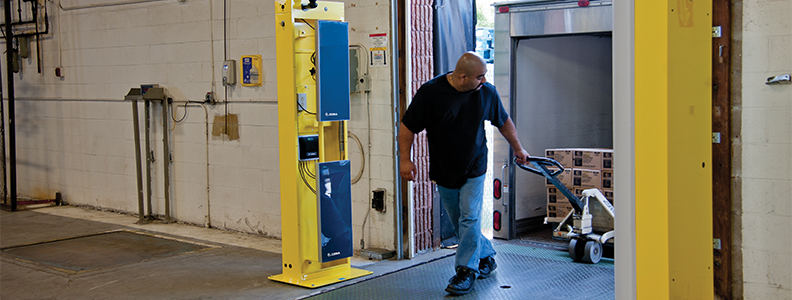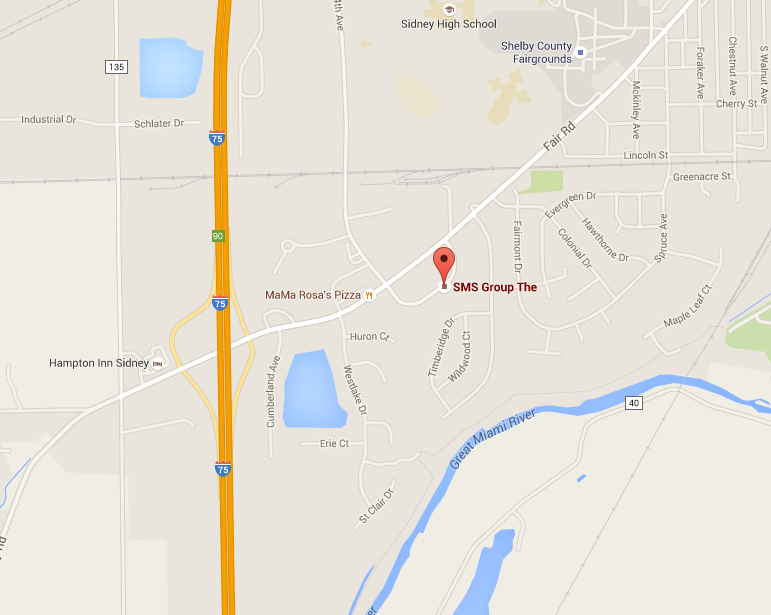Keeping Pace: Eliminating Paper-Based Processes
In our culture, it’s all about time. We move fast, and are more aware of how much time we spend on activities and tasks. We are a generation of “NOW” – often demanding instant gratification. Willing to pay more in order to spend less time on tasks, your customers want up-to-the-minute information at their fingertips; whether it’s access to your inventory, the status of an order, or knowing where their shipment is at that very moment.
The automation of tasks using technology has not only helped us increase the speed at which tasks are performed, it has also given us the ability to improve the level of accuracy of those tasks. Increased demand requires us to move faster and smarter. This is where paper-based processes fall short:
- Data entry errors
- Missing paper work

- Illegible handwriting
- Lack of supporting documentation
- Poor tracking of shipments
- Inventory location errors
…and the list goes on.
The Power of NOW
Your customers are not the only ones affected by inefficient processes. In the warehouse and on the shop floor, your workers are moving swiftly to keep up with order demand, carefully carrying out the picking and packing process, and getting the right goods to the right place at the right time. But there’s only so much they can manually. Although much of your operations are already automated, there may be a few tasks that have been overlooked based on the level of skill required, or seemingly limited complexity of the process, or limitations of your current WMS or ERP system.
Organizations who are still operating with paper-based processes are the ones having the biggest challenges. Not only are manual tasks less likely to be accurate, they are also a struggle for workers to perform quickly, and make it difficult to adapt to fluctuating demand. Consider these facts about manual processes:
- Up to 70%[1] of time spent by a warehouse picker may be spent walking
- Paper consumption has tripled since the 1960’s, with Americans alone generating 85 million tons of paper
- Every 15 seconds 151 workers have a work-related accident[2]. Automation reduces steps in the process, and with multi-modal operations, allows two hands free at all times
According to a Motorola Solutions (now Zebra) study, as the industry moves to reduce costs associated with order processing and fulfillment, picking solutions will shift toward multi-modal operation. Along with lower, more controlled costs, multi-modal operation may increase worker efficiency and productivity by nearly 150 percent by using voice-directed and screen-directed picking operations on a mobile device. The study also found that by 2018, 71 percent of warehouses will make the shift from paper-based processes to handheld mobile computers and tablets for inventory operations.
Become Part of the Movement
Consider some of the gains organizations have reportedly realized once switching to Zebra technology solutions by reducing, or totally eliminating, paper-based processes:
- 10% increase in picking capacity
- 20% reduction in orders that result in returns
- 20-30% reduction in the need for administrative support
- Close to 100% increase in order accuracy
Need a few more reasons to send your paper-based processes packing?
- Increased inventory accuracy
- Better overall customer experience; increased loyalty
- Controlled costs (equipment, labor, office space)
- Reduced overhead costs
Exploring the automated technologies offered today will be an investment worth making. Better management of data, inventory, productivity and quality control can result in more efficient processes, faster throughput, and happier customers. Need some advice on the right solutions for your warehouse? Contact us today to get started.
[1] 6 Steps to Flawless Fulfillment, Zebra whitepaper.
[2] According to the International Labor Organization


